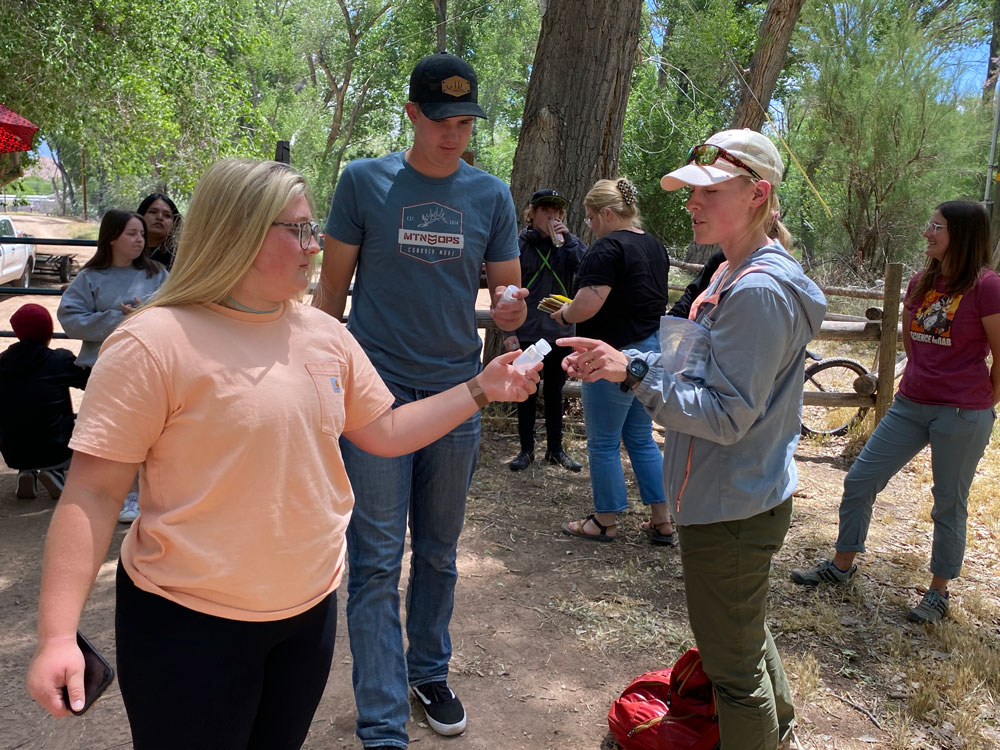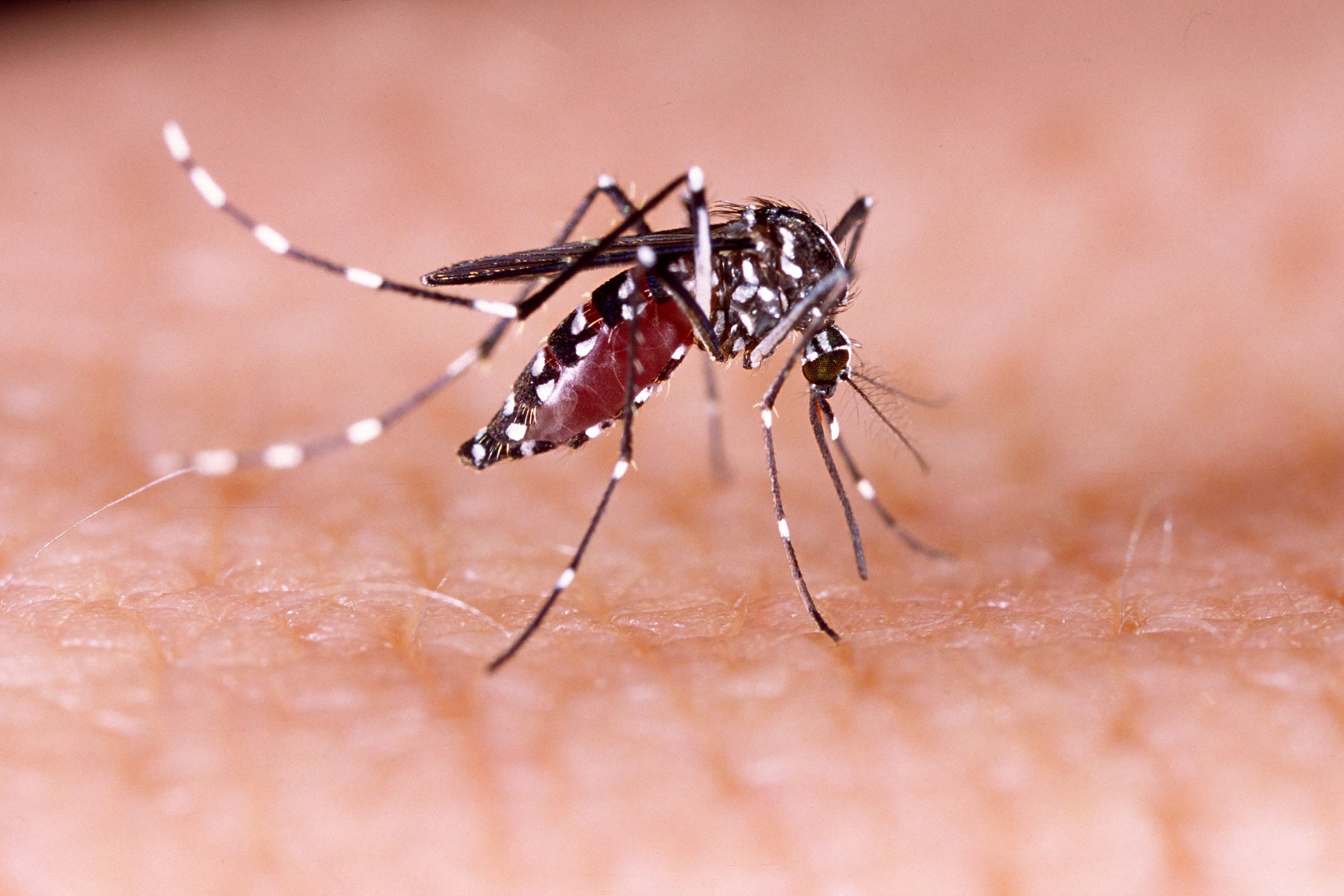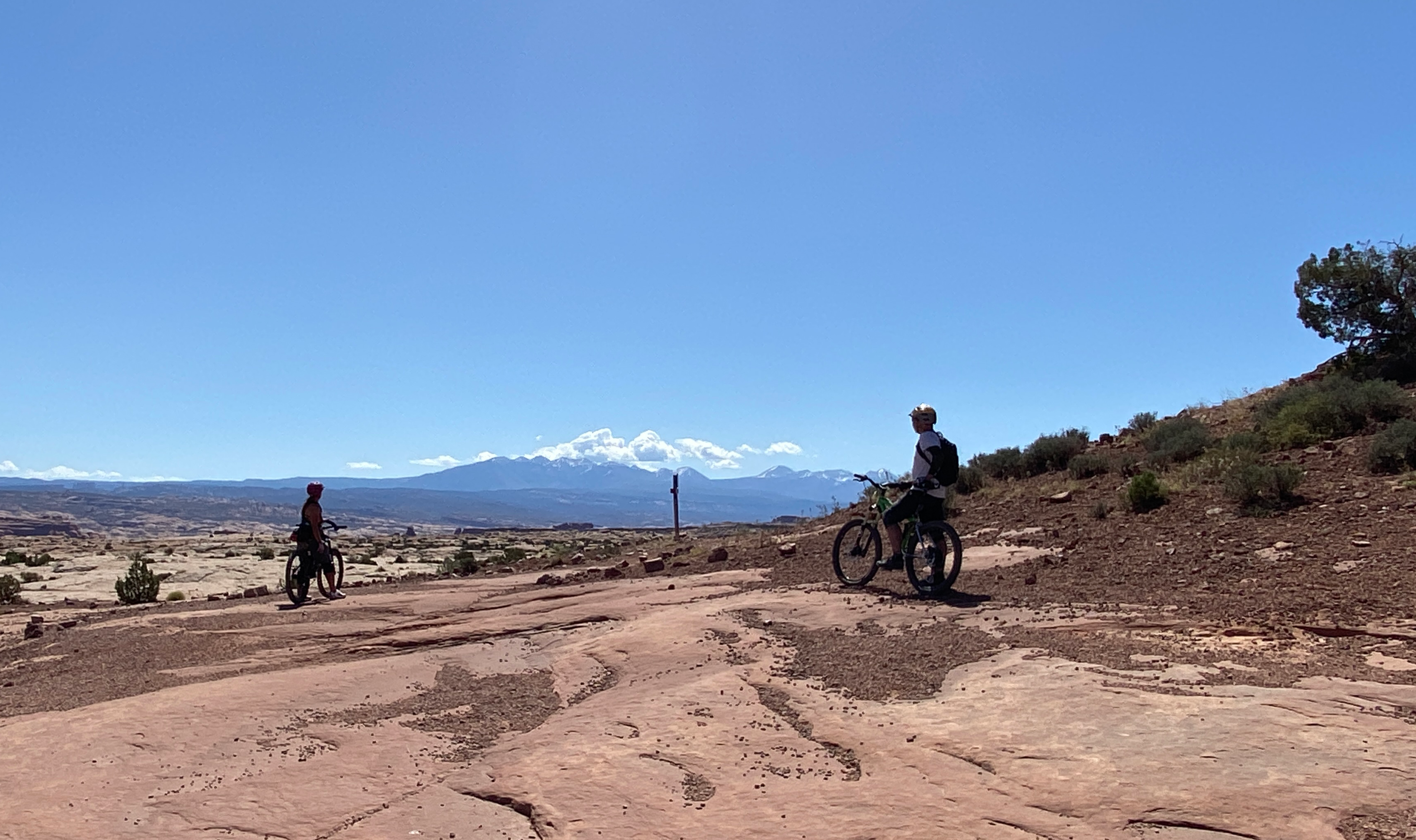Moab Mosquito Project Engages Residents and Visitors

Moab, Utah is known as one the nation’s premier outdoor destinations, drawing millions of visitors each year to bike on its famed slickrock trails, hike through its painted canyons or 4x4 across its rugged desert.
What Moab is not known for – and Michele Rehbein wants to keep it that way – is mosquitoes.
“People think Moab is just desert and may not know we have a 900-acre wetland preserve right behind downtown,” said Rehbein, manager of the Moab Mosquito Abatement District. “And in 2019, we detected the invasive Aedes aegypti mosquito species for the first time, then found it again in 2021. That species can carry and transmit a number of potentially serious diseases, so it’s a public health concern.”
Rehbein applied for and received a 2022 Western Integrated Pest Management Center grant to engage Moab’s permanent residents in mosquito monitoring, and to educate visitors and residents alike in ways to keep mosquito populations contained.
“With two to three million tourists coming to Moab every year, controlling the Aedes aegypti population here makes it less likely visitors will spread the insect when they return home,” she explained. “Right now, in Utah, Aedes aegypti have only been found in St. George and Moab, and we really want to prevent new introductions of this mosquito species to new areas.”
Some of the education efforts have already begun. The mosquito abatement district partnered with the non-profit group Science Moab to design a weekly course for local high school students that got them out of the classroom and into the wetlands to build, site and monitor multiple types of mosquito traps.

“We wanted to get these high schoolers out here to learn more about field work all the way to lab work, from the scientific theory to making final presentations,” Rehbein said. “So we’re incorporating all of that into this project and teaching them about the scientific process.”
Based on student comments during their final field day in May, the lessons were learned.
“We’ve been collecting information for the whole trimester out here and we’re putting it all in a presentation and presenting it to everyone, our observations on the whole situation,” said Harlie Book, a junior at Grand County High School in town.
“It includes our methods and how we got certain things and what factors applied to how many mosquitoes came to our traps,” explained fellow junior Nemi Martinez.
“Yeah, what made our trap better, versus the class,” sophomore Lane Berry added.
Enthusiasm for the project grew over time.
“At first, we took it more as a way to get out of class,” said Aliana Lazaro, a junior. “We’re high schoolers, like what did you expect? But then it started becoming really fun to do, and more interesting, and it’d be like, ‘This actually happens?’ or ‘We can actually do this?’”
This summer Rehbein will expand the monitoring program into a community-wide effort that will place low-tech monitoring traps into yards throughout Moab. Volunteers will keep an eye on the traps and Rehbein’s team will track the data.
“We hope to get all different ages involved,” Rehbein said. “I think it’s a good activity for families to do together.”
The traps are made by painting the outside of a plastic Solo cup black, then attaching a popsicle stick or strip of seed germination paper on the inside of the cup. Half-filled with water, the traps attract Aedes aegypti and other container-breeding mosquito species and the females will lay eggs on the strip. Volunteers will collect and replace those once a week, and district staff will identify eggs and track locations and species.
“Container-breeding mosquitoes carry a number of potentially serious diseases, including west Nile virus, Zika, Chikungunya virus and dengue,” Rehbein said. “Controlling them is a public health priority, but there has been a lack of knowledge about that. Our goal is to build up that knowledge and build up the relationships with the community so folks understand the importance of mosquito management and better understand what we do at the abatement district.”
The goals of the project are many: better community-wide data tracked over time, increased engagement with the community, better source-control of mosquitoes leading to less spraying of adulticide chemicals with the district fogging trucks, a better-educated local resident population and increased awareness among the millions of Moab visitors.
“If we get a big, established population of Aedes aegypti mosquitoes in Moab, the visitors here will inevitably take them to other places that don’t have them yet,” Rehbein said. “This is one of the top invasive mosquito species. We want it not to become a bigger issue.”
